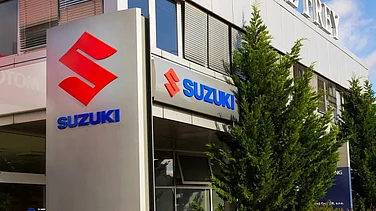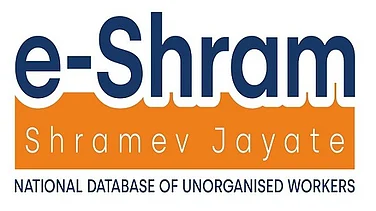The government on Tuesday notified the Rs 23,000 crore electronics component manufacturing scheme. It has also sought suggestions from the industry to frame the guidelines, said Union Minister Ashwini Vaishnaw. He said the consultation process will continue for about two weeks.
The scheme was approved by the Union Cabinet on March 28.
“The consultation process for the scheme will run for a couple of weeks and will be conducted extensively. As a government, we are inclusive and open to suggestions. Once we receive feedback from the industry, any related legislation will be formulated accordingly,” said Vaishnaw.
He highlighted that India's smartphones exports crossed the record Rs 2 lakh crore mark in 2024-25 to become one of the most exported goods.
“Electronics exports have grown 5 times, and electronics production has grown over 6 times in the last ten years,” he said.
The IT Minister referred to the Electronics Components Manufacturing Scheme as a horizontal scheme, emphasizing that the supported components are not limited to a single industry. Instead, they span across multiple sectors such as consumer electronics, medical electronics, power electronics, electrical grids, and more. The scheme is expected to provide a significant boost to India's broader electronics ecosystem, enhancing self-reliance and strengthening multiple key sectors simultaneously.
Vaishnaw said the passive components that will be covered under the scheme include resister, capacitor, coils, inductors, speakers, microphone, switches, connectors, oscillator, actuators , laminates , separators, anodes, spray wires, etc.
“Another important aspect of the scheme is the capital equipments, that will manufacturer these capital good, will also be manufactured in the country,” added Vaishnaw.
He also described the incentive structure that will be provided by the government to manufacturers. These include a turnover-linked incentive, a capital expenditure (capex) incentive, and a third option that is a mix of the two.
“Looking at the special characteristics of the electronics component manufacturing industry, we have kept three levels of incentives so that the cost of production per unit for the manufacturer will reduce,” he said.
The scheme aims to develop a robust component ecosystem by attracting large investments (global/domestic) in electronics component manufacturing ecosystem, increasing Domestic Value Addition (DVA) by developing capacity and capabilities, and integrating Indian companies with Global Value Chains (GVCs).






























